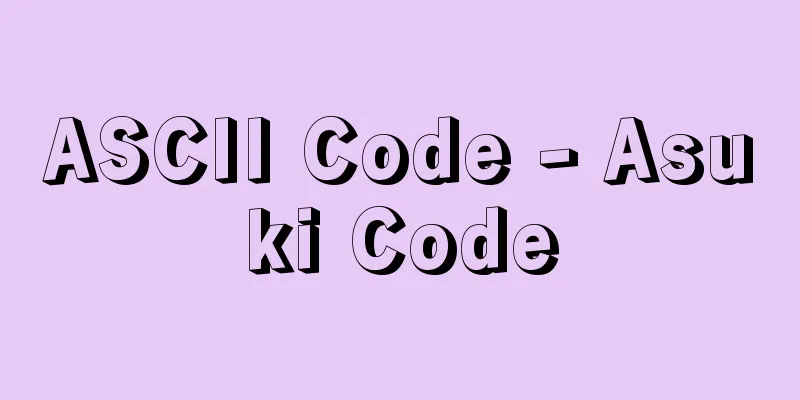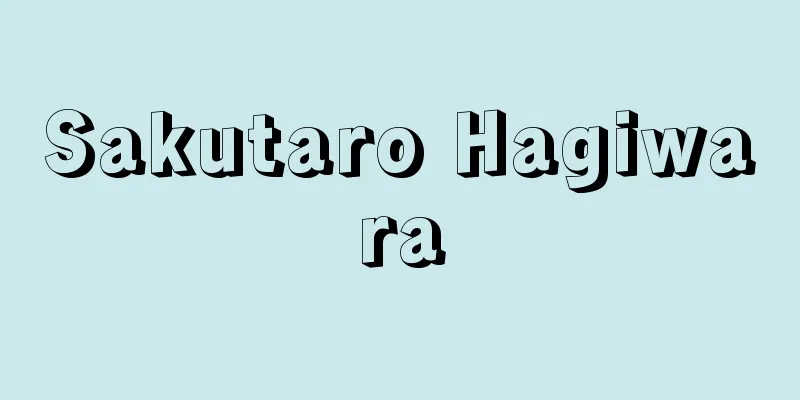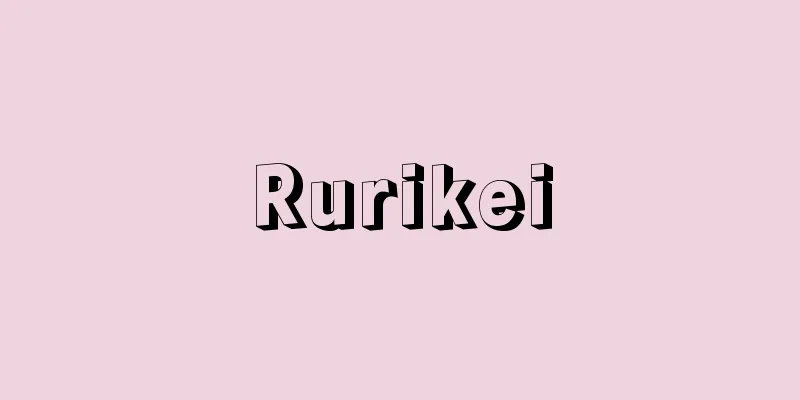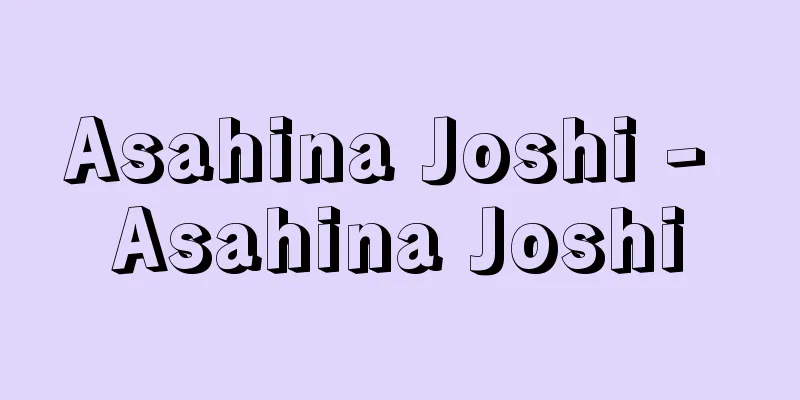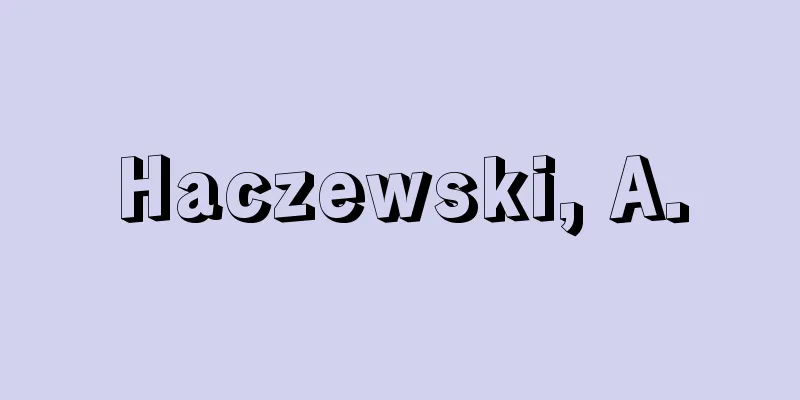Pacifier sucking

|
The opinion of the Health Review Committee of Pediatrics and Pediatric Dentistry is as follows. Pacifiers are used to prevent thumb sucking and are sometimes given as a fashion statement, but they are often used as a way to make children stop crying and stay quiet. They have the advantages of stopping children from crying, helping them fall asleep more easily, and reducing stress for the mother, but they are highly addictive, and they also have the disadvantages of parents not thinking about why their children are crying and reducing contact with their children. Pacifiers have the same problems as thumb sucking. As for countermeasures, it is better not to use pacifiers as much as possible, but if you do use one, pay attention to the following points to prevent abnormalities in the bite. (1) Once your child turns one year old, when they learn to speak and speak, remove the pacifier holder and do not use it all the time. (2) Stop using it by the age of two and a half at the latest. (3) Even while using a pacifier, you should value contact with your child, such as talking to them and playing with them, and try to satisfy what your child wants you to do and what they want to do. Do not use pacifiers just for the sake of shortcuts in child-rearing and convenience. (4) If your child is still unable to stop using a pacifier even after the age of four, we recommend that you consider the emotional implications and consult with your pediatrician. (Takashi Nakamura, Professor, Department of Human Welfare, Faculty of Human Studies, Taisho University / 2008) Source : "Chiezo" published by Asahi Shimbun Publications Co., Ltd. About Chiezo |
|
小児科と小児歯科の保健検討委員会の見解は次の通り。 おしゃぶりは指しゃぶりを予防するために用いられたり、時にはファッションとして与えられることもあるが、子供を泣きやませて静かにさせるための策として用いられることが多い。子供が泣きやむ、入眠がスムーズになる、母親のストレスを軽減できるなどの利点はあるが、習慣性が強く、親が子供の泣く理由を考えないことや子供との触れ合いが減るなどの欠点がある。おしゃぶりも指しゃぶりと同様な問題を抱える。 その対策については、おしゃぶりはできるだけ使用しない方がよいが、もし使用するなら咬合(こうごう)の異常を防ぐために、次の点に留意する。(1)発語やことばを覚える1歳過ぎになったら、おしゃぶりのホルダーを外して、常時使用しないようにする。(2)遅くとも2歳半までに使用を中止するようにする。(3)おしゃぶりを使用している間も、声かけや一緒に遊ぶなどの子供との触れ合いを大切にして、子供がしてほしいことや、したいことを満足させるように心がける。子育ての手抜きと便利性からだけでおしゃぶりを使用しないようにする。(4)4歳以降になってもおしゃぶりが取れない場合は、情緒的な面を考慮してかかりつけの小児科医に相談することを勧める。
(中村敬 大正大学人間学部人間福祉学科教授 / 2008年) 出典 (株)朝日新聞出版発行「知恵蔵」知恵蔵について 情報 |
<<: Oshamanbe [town] - Oshamanbe
Recommend
Czepko, D.von (English spelling) CzepkoDvon
…He studied medicine in various places and became...
Sayo no Nakayama - Sayo no Nakayama
A mountain range in the eastern part of Kakegawa ...
Atomism
Atomic theory. Also, atomic theory. Source: About ...
Yuji Uchimura
A medical scientist and contributor to profession...
X-ray flash photography
...This method produces bright images with a rela...
Ogden
A city in northern Utah, United States. It is loca...
Pennant, T. (English spelling) PennantT
…English clergyman and naturalist. While serving ...
grains du paradis (English spelling) grains du paradis
…As with other areas along the Gulf of Guinea, it...
Lindera erythrocarpa (English spelling) Lindera erythrocarpa
…[Yoshiharu Iijima]. … *Some of the terminology t...
《The Hygiene of the Working Class in England》 - The Hygiene of the Working Class in England
…In England, where the housing problem first emer...
Ningxia Rebellion (English: Ning-xia; Ning-hsia)
The rebellion of Anhua King Zhu Shihuan occurred i...
Kawarasugana - Kawarasugana
A perennial plant of the Cyperaceae family (APG c...
Shigeyoshi Mori
His birth and death years are unknown. He was a J...
Shigetada Hatakeyama
A military commander in the early Kamakura period...
Synapse - Shinapusu (English spelling) synapse
In medicine and biology, the synapse is the junct...
